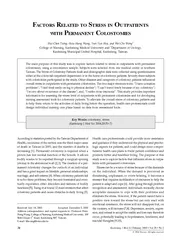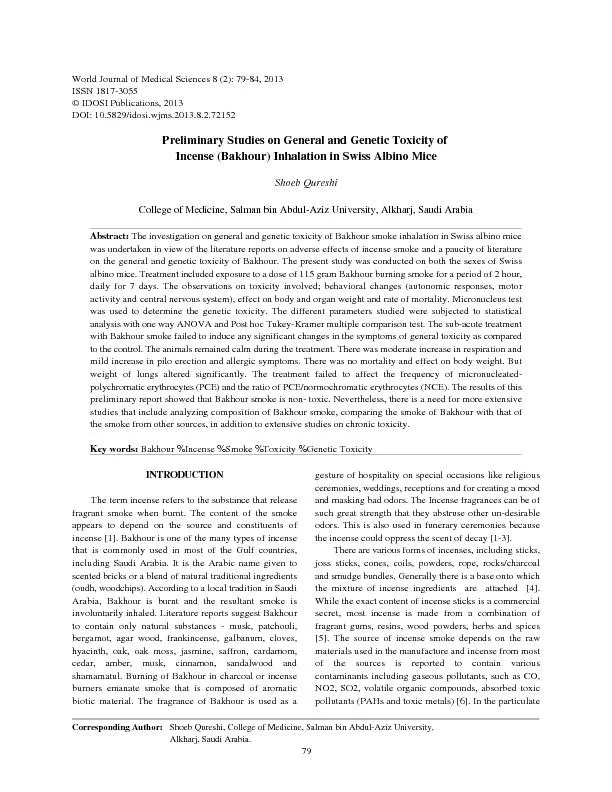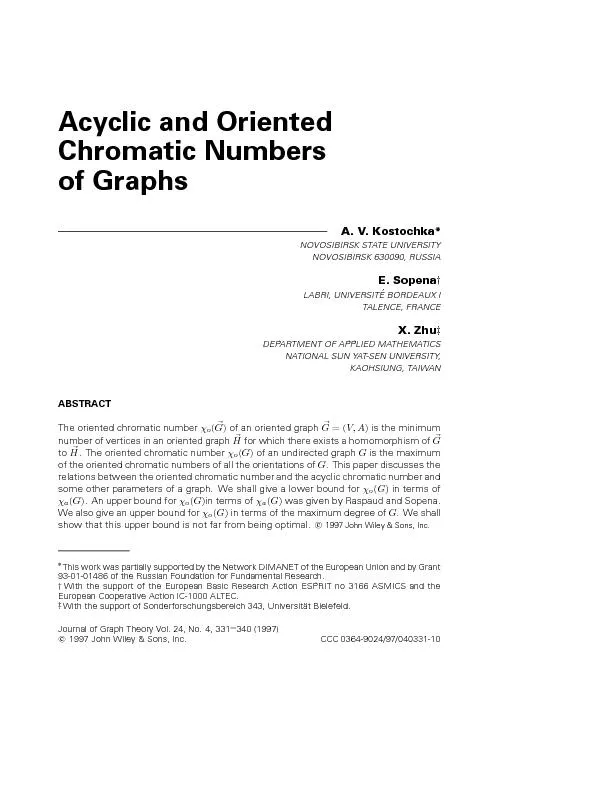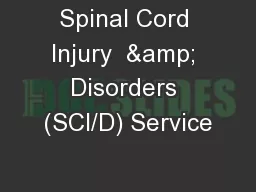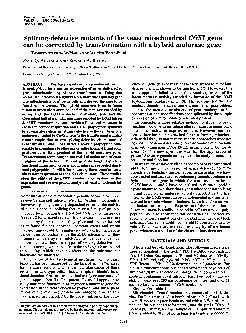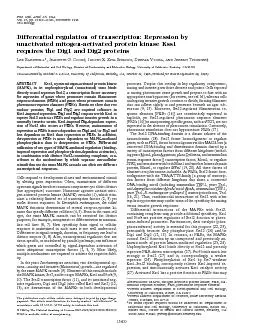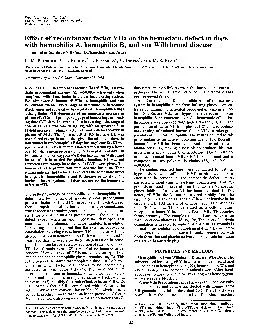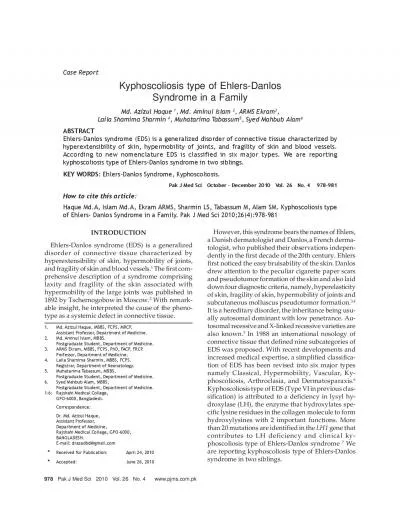PDF-Kaohsiung J Med Sci February Vol No H
Author : mitsue-stanley | Published Date : 2015-05-17
C Tseng HH Wang YY Hsu and WC Weng 70 ACTORS R ELATED TO S TRESS IN O UTPATIENTS WITH P ERMANENT C OLOSTOMIES HuiChen Tseng HsiuHung Wang YunYun Hsu and WeiChe Weng
Presentation Embed Code
Download Presentation
Download Presentation The PPT/PDF document "Kaohsiung J Med Sci February Vol No ..." is the property of its rightful owner. Permission is granted to download and print the materials on this website for personal, non-commercial use only, and to display it on your personal computer provided you do not modify the materials and that you retain all copyright notices contained in the materials. By downloading content from our website, you accept the terms of this agreement.
Kaohsiung J Med Sci February Vol No H: Transcript
Download Rules Of Document
"Kaohsiung J Med Sci February Vol No H"The content belongs to its owner. You may download and print it for personal use, without modification, and keep all copyright notices. By downloading, you agree to these terms.
Related Documents

